Best affordable telescope to see planets: For viewing planets, the Sky-Watcher Skymax 102mm Maksutov-Cassegrain Telescope is a great affordable option. For those who dream of exploring the cosmos and observing celestial bodies, owning a telescope is a gateway to the universe. The joy of discovering planets, stars, and galaxies is now more accessible than ever, thanks to advancements in technology that have made high-quality telescopes affordable. In this comprehensive guide, we will explore the best affordable telescopes to see planets, ensuring you get the most out of your stargazing experience without breaking the bank.
Understanding Telescope Basics
Types of Telescopes
Before diving into our top picks, it’s essential to understand the different types of telescopes available:
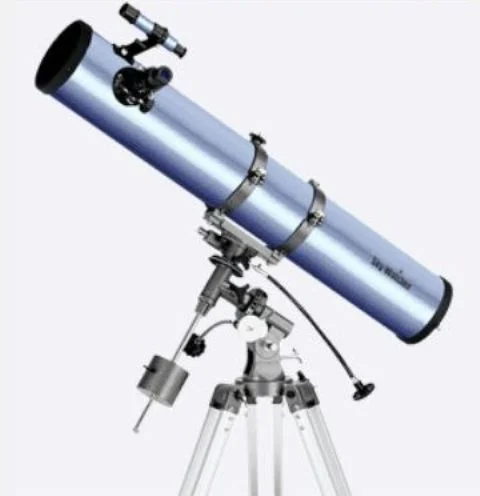
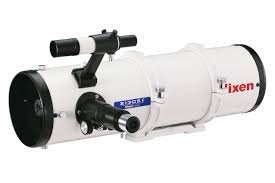
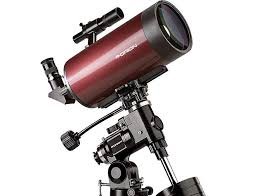
Refractor Telescopes
Reflector Telescopes
Compound Telescopes
- Refractor Telescopes: These use lenses to gather and focus light. They are known for their sharp, clear images and are excellent for viewing planets and the moon.
- Reflector Telescopes: Utilizing mirrors instead of lenses, reflector telescopes offer a large aperture for a lower cost, making them ideal for deep-sky viewing.
- Compound Telescopes: Also known as catadioptric telescopes, these combine lenses and mirrors to offer versatility in viewing both planetary and deep-sky objects.
Key Features to Consider
When selecting an affordable telescope, consider the following features to ensure you make the right choice:
- Aperture: The diameter of the primary lens or mirror, which determines the amount of light the telescope can gather.
- Focal Length: The distance between the primary lens or mirror and the point where the telescope forms an image. This affects the magnification.
- Mount Type: Stability is crucial for clear images. Common mounts include altazimuth (easy to use) and equatorial (better for tracking celestial objects).
Top Affordable Telescopes for Planet Viewing
Sky-Watcher Skymax 102mm Maksutov-Cassegrain Telescope
The Sky-Watcher Skymax 102mm Maksutov-Cassegrain Telescope is a compact and powerful option for both terrestrial and astronomical observations. With a 102mm aperture and a focal length of 1300mm, this telescope provides excellent contrast and sharpness, ideal for observing the Moon, planets, and deep-sky objects. Its compact design makes it highly portable and easy to set up, suitable for beginners and experienced astronomers alike.

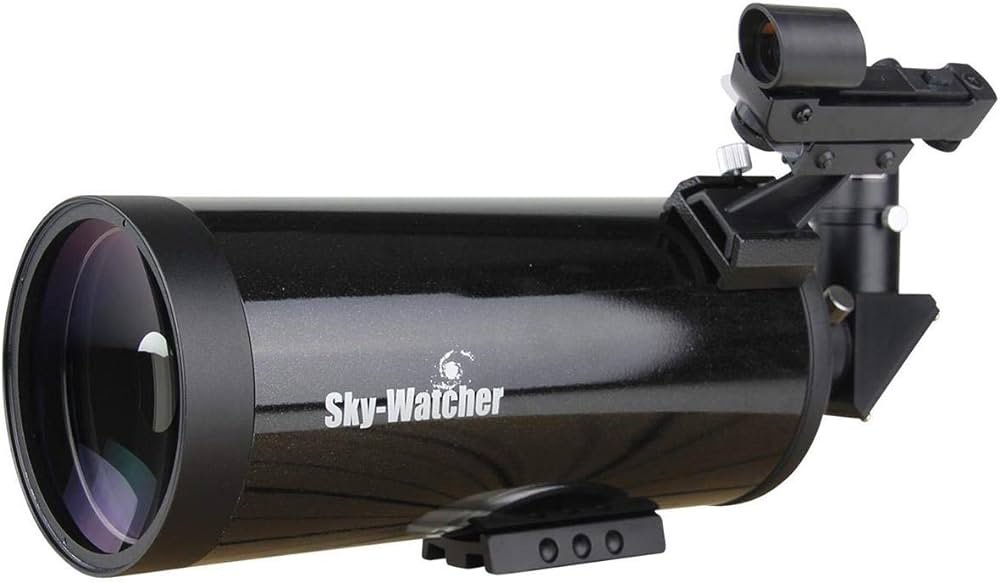
Key Features:
- Aperture: 102mm
- Focal Length: 1300mm
- Optical Design: Maksutov-Cassegrain
- Mount Type: Equatorial or Altazimuth (depending on model)
- Eyepieces: Comes with 1.25″ Super eyepieces (depending on the package)
- Finderscope: Red Dot Finder or 6×30 Finderscope (depending on the model)
- Tripod: Aluminum tripod with accessory tray (depending on the package)
- Weight: Approximately 3.5 kg (7.7 lbs)
- Price Range: $300 – $400
This telescope is known for its compact size, making it convenient for travel and quick setup, while still delivering high-quality views of celestial objects. It’s a popular choice among astronomers looking for a versatile and portable telescope option.
Celestron AstroMaster 70AZ Refractor Telescope
The Celestron AstroMaster 70AZ is a fantastic entry-level refractor telescope. With a 70mm aperture and a 900mm focal length, it provides clear, detailed views of the moon and planets. Its altazimuth mount is easy to set up and use, making it perfect for beginners.
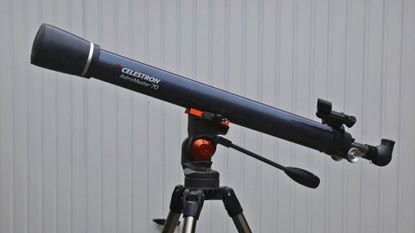
Key Features:
- Aperture: 70mm
- Focal Length: 900mm
- Mount: Altazimuth
- Price Range: $100 – $150
Orion StarBlast II 4.5 Equatorial Reflector Telescope
For those interested in a reflector telescope, the Orion StarBlast II 4.5 is an excellent choice. Its 4.5-inch aperture and 450mm focal length make it capable of capturing stunning planetary and deep-sky images. The equatorial mount allows for precise tracking of celestial objects.
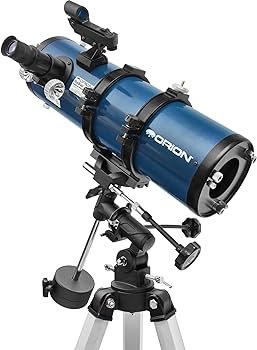
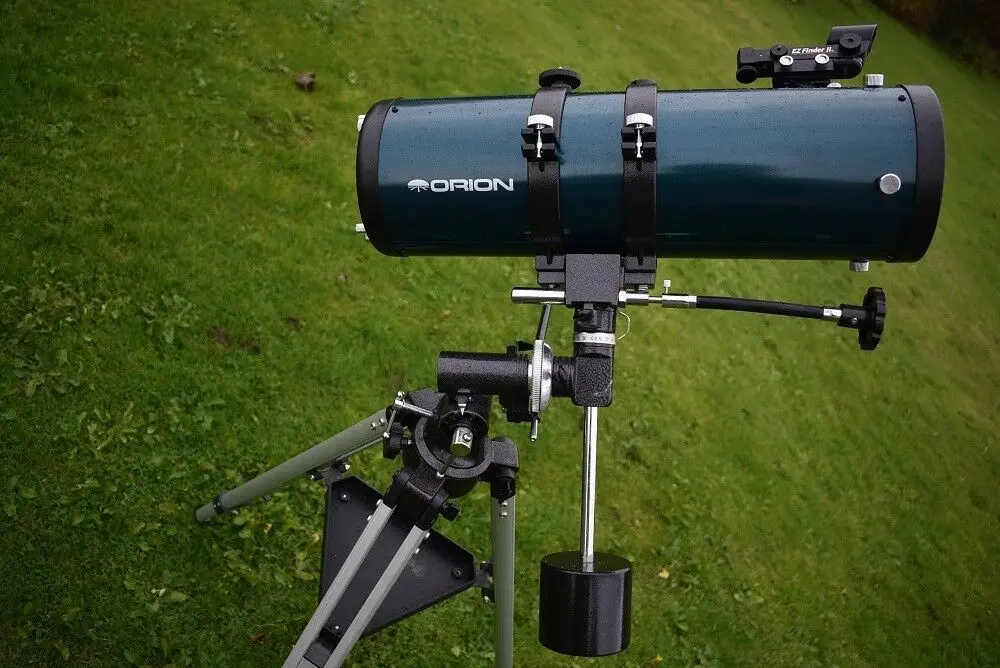
Key Features:
- Aperture: 114mm
- Focal Length: 450mm
- Mount: Equatorial
- Price Range: $200 – $250
Meade Infinity 102mm AZ Refractor Telescope
The Meade Infinity 102mm is a powerful yet affordable refractor telescope. With a 102mm aperture and a 600mm focal length, it offers bright, detailed views of planets and other celestial objects. Its altazimuth mount is user-friendly, making it suitable for beginners and intermediate users.
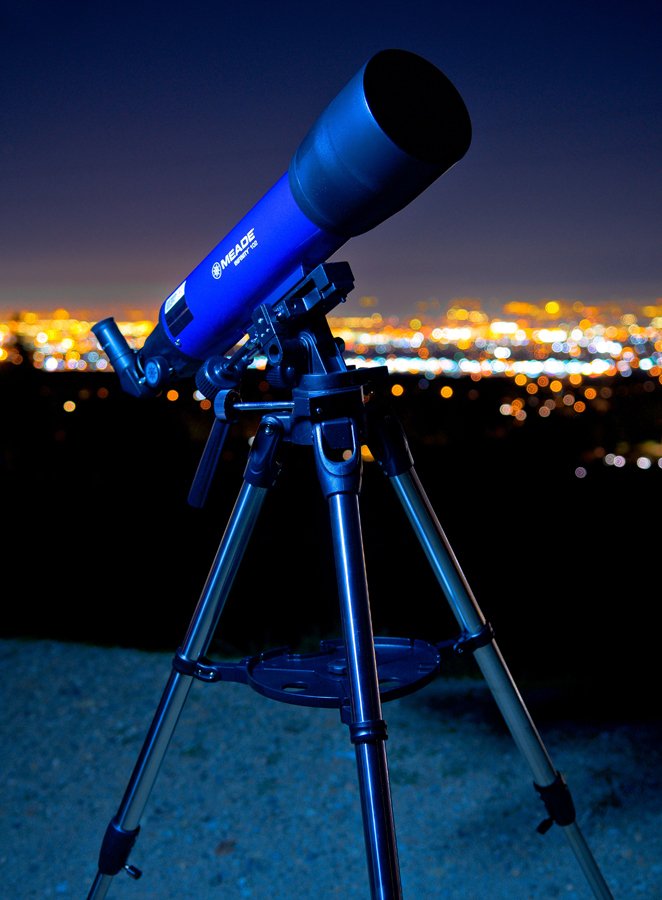

Key Features:
- Aperture: 102mm
- Focal Length: 600mm
- Mount: Altazimuth
- Price Range: $200 – $250
Sky-Watcher Heritage 130P FlexTube Dobsonian Telescope
The Sky-Watcher Heritage 130P is a compact, portable Dobsonian reflector telescope. Its 130mm aperture and 650mm focal length provide excellent light-gathering capabilities, making it ideal for viewing planets and deep-sky objects. The Dobsonian mount is simple to use and very stable.

Key Features:
- Aperture: 130mm
- Focal Length: 650mm
- Mount: Dobsonian
- Price Range: $250 – $300
Zhumell Z130 Portable Altazimuth Reflector Telescope

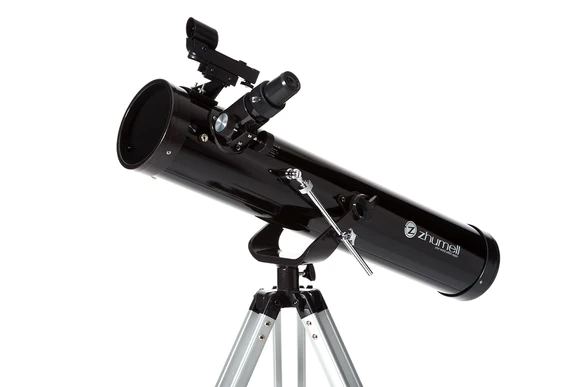
The Zhumell Z130 is another great option for those looking for a portable and affordable reflector telescope. With a 130mm aperture and a 650mm focal length, it delivers bright, clear images of planets and other celestial wonders. Its altazimuth mount is easy to navigate, making it suitable for all skill levels.
Key Features:
- Aperture: 130mm
- Focal Length: 650mm
- Mount: Altazimuth
- Price Range: $250 – $300
Tips for Observing Planets
Choosing the Right Time
Planets are best viewed during specific times when they are closest to Earth, known as opposition. For example, Mars is at its brightest and most detailed when it is in opposition.
Best affordable telescope to see planets: Location and Light Pollution
Observing from a location with minimal light pollution significantly enhances your viewing experience. Consider visiting a dark sky site or setting up in a rural area away from city lights.
Using Filters
Filters can enhance the details of planetary features. For instance, a red filter can bring out the details of Mars’ surface, while a blue filter can enhance Jupiter’s cloud bands.
Practice Patience
Observing celestial objects requires patience and practice. Allow your eyes to adjust to the darkness, and take your time to study the details of each planet.
Choosing the best affordable telescope to see planets doesn’t mean compromising on quality. With options like the Celestron AstroMaster 70AZ, Orion StarBlast II 4.5, Meade Infinity 102mm, Sky-Watcher Heritage 130P, and Zhumell Z130, you can explore the wonders of the night sky without exceeding your budget. Each of these telescopes offers unique features and capabilities, making them ideal for amateur astronomers and seasoned stargazers alike.

